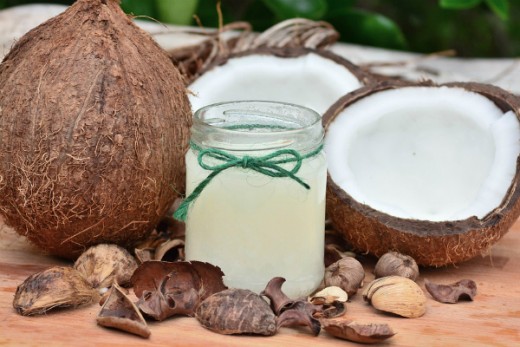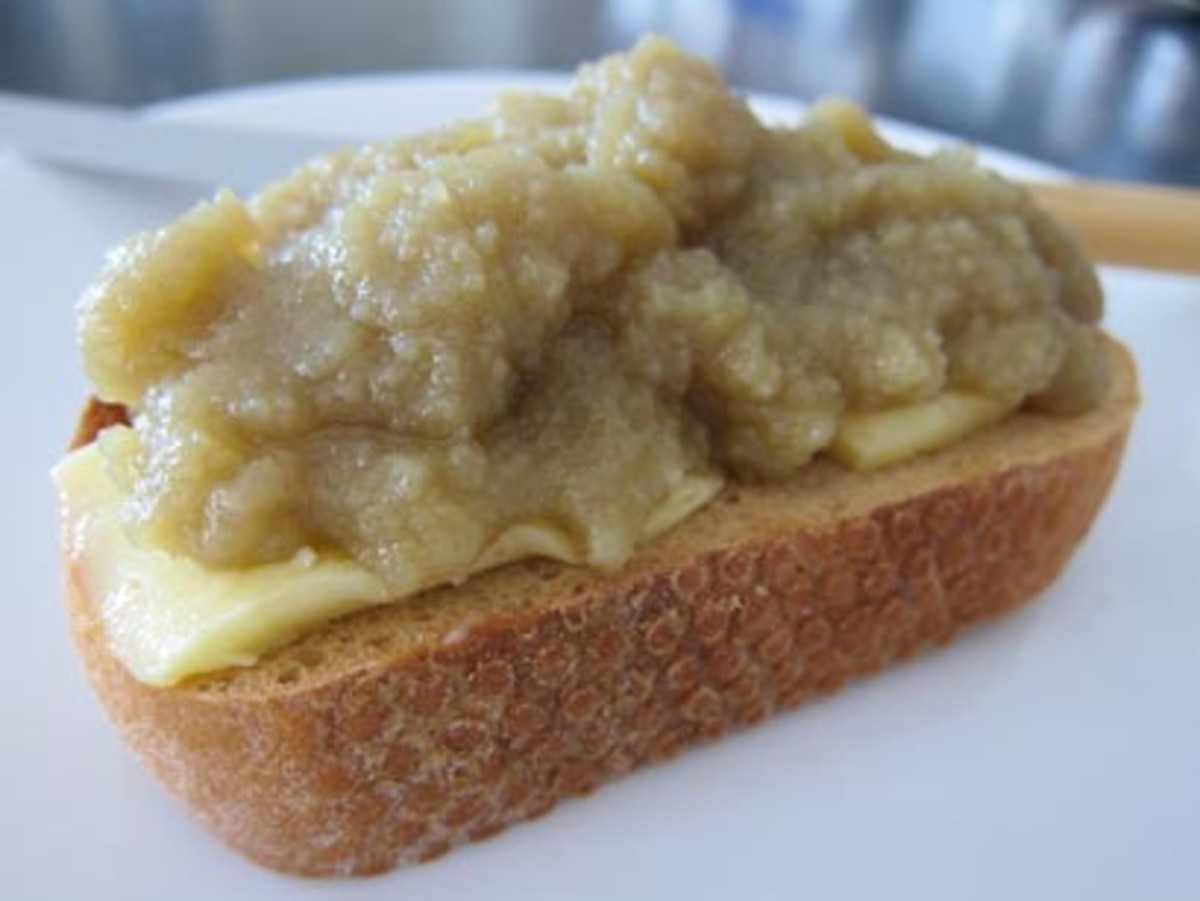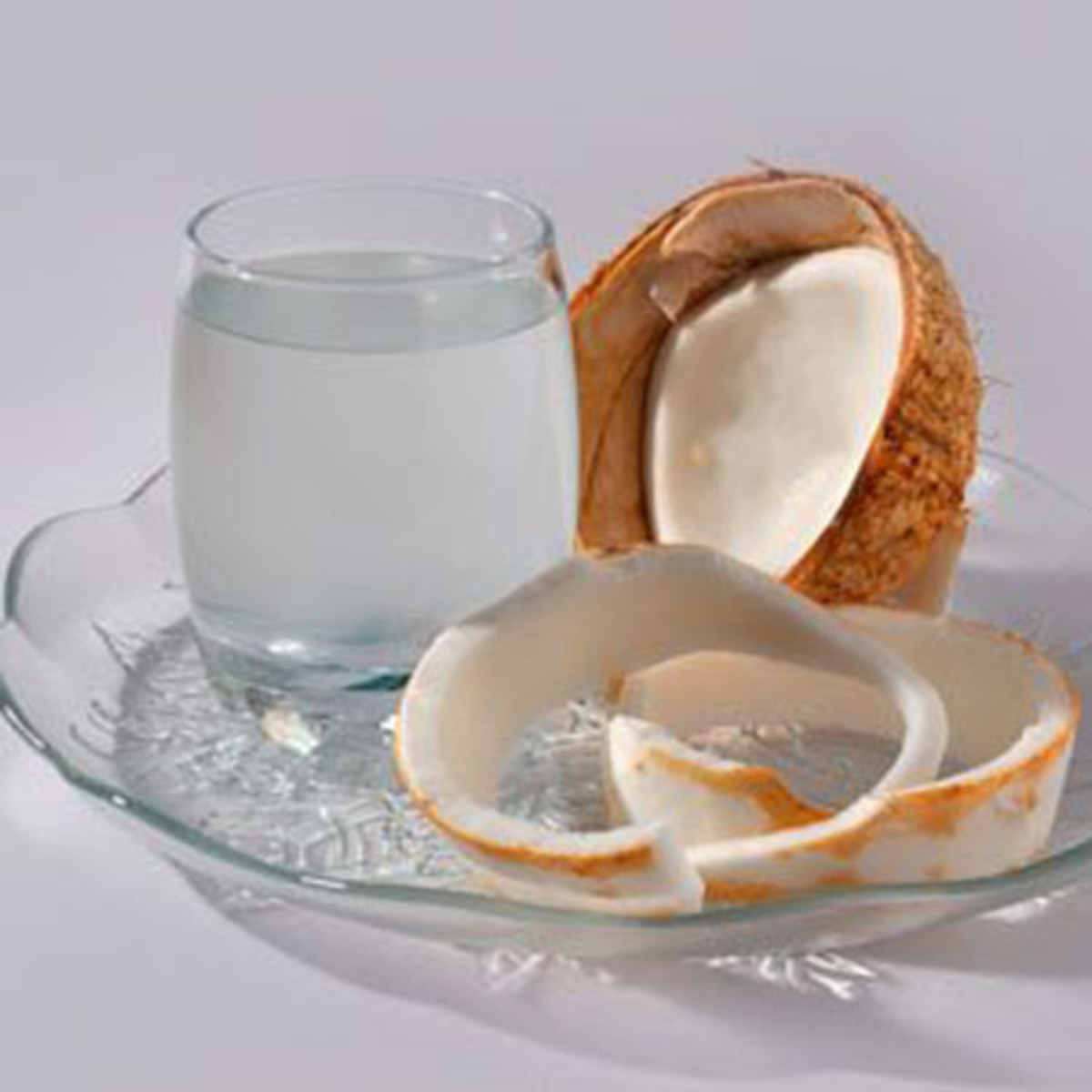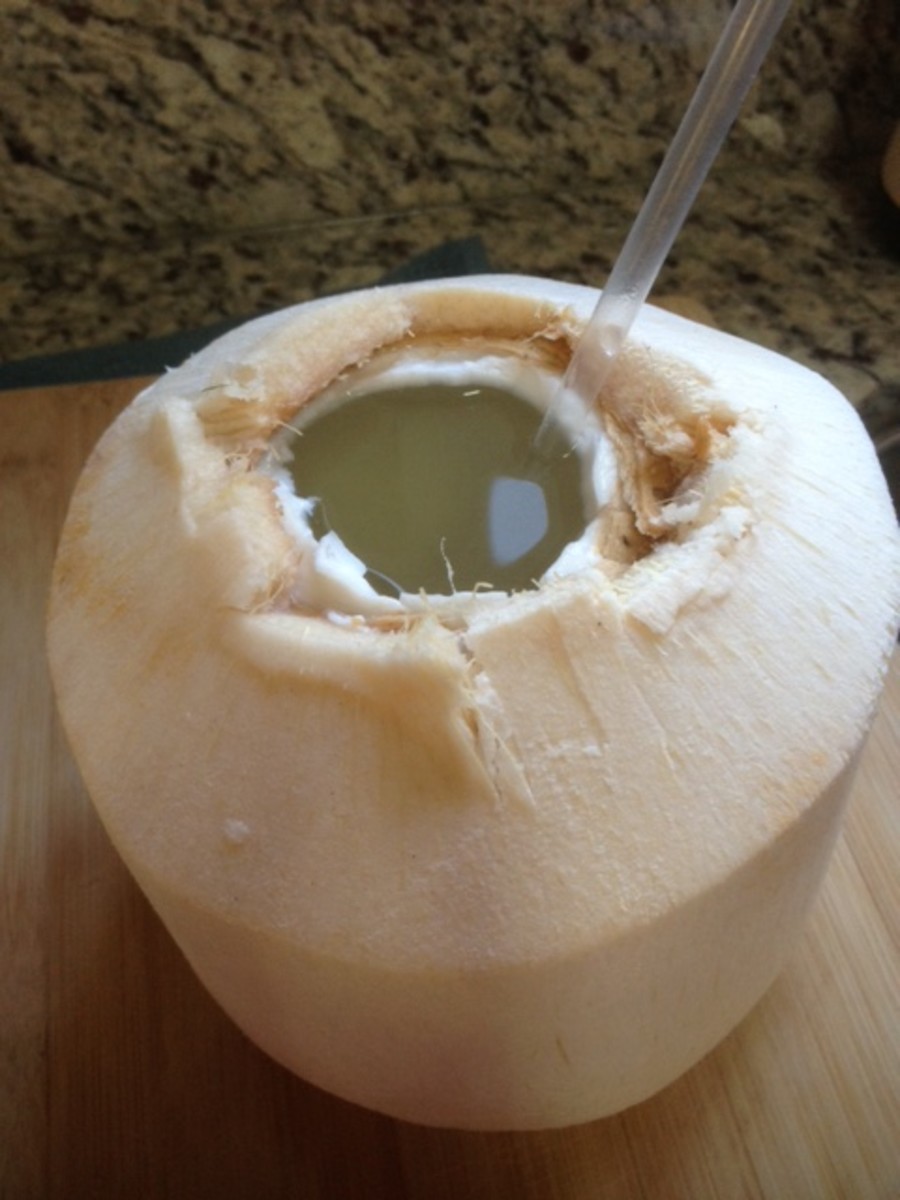The Multipurpose Coconut: Are We Running Out?

More and more people are trying to live healthier lifestyles. According to Vegetarian Times, 3.2 percent of adults in the United States or 7.3 million Americans now follow a vegetarian-based diet. Approximately 0.5 percent or 1 million of those are vegans, who commit to a cruelty-free diet or consuming no animal products at all.
There is no question that being more health conscious is all the rage (for good reason), but this brings us to our main topic — the multipurpose coconut.
What's the deal with coconuts?
Over 90 percent of an immature coconut is made up of water. It also contains 3.2 percent sugar and less than one percent fat and protein.
In tropical countries like Hawaii, Mexico, and the Philippines, coconut water is an incredibly popular choice of beverage; one also enjoyed by tourists who visit these tropics. Coconut water is served fresh, bottled, or in canned varieties.
White coconuts are considered a drupe, the term for fibrous and one-seeded fruits. This means a coconut can be a fruit, a nut, and a seed rolled into one.
Other examples considered a drupe include plums, cherries, peaches, and olives. They have these three layers:
-
Exocarp: The outer layer
-
Mesocarp: Middle layer with the “flesh” of the fruit
-
Endocarp: The seed
Popularity today
For decades on end, we were advised to limit our thirst for anything but pure water. But coconut water has become the exception, so much that even mega-corporations like Pepsi and Coca-Cola have launched their version of coconut water called Zico. Today, there are over 200 different brands of coconut water available on the market. According to Technavio, coconut water sells for over $2 billion a year, with predictions stating that it will double in sales throughout the next five years.
What are the benefits of coconut?
Coconuts have a remarkable ability to hydrate, causing little to side effects of nausea and fullness as compared to sports drinks. It also wasn’t very long ago when coconuts were blacklisted as an artery-clogging and cholesterol-packed food contributing to heart disease. It was only a matter of time when further studies proved otherwise. Today, the coconut has made its fantastic comeback by becoming everyone’s favorite superfood. Coconuts are in fact highly nutritious. Each serving is rich in fiber and packed with essential vitamins and minerals.
Coconut, whether you eat the flesh or drink its water, can heal, treat, and improve numerous body ailments. These include (but are not limited to):
-
Ulcers
-
Urinary tract infections
-
Pneumonia
-
Hemorrhoids
-
Gonorrhea
-
Gum disease
Coconut water is also a rich source of antioxidants, which may aid in fighting against:
-
Heart disease
-
Liver disease
-
Kidney stones
-
Atherosclerosis
-
Osteoporosis
-
Diabetes
-
Certains cancers, colon and breast included
In addition, coconut also does wonders to relieve the symptoms of:
-
Ulcerative colitis
-
Crohn’s disease
-
Gallbladder disease
-
Chronic fatigue syndrome
-
Prostate enlargement
And as if coconuts didn’t provide enough benefits to our health, it is also known to kill fungi and yeast infections, as well as fight the bacteria behind the cause of severe diaper rashes, ringworms, and other parasitic rashes.
Are we running out of coconuts?
As coconuts continue to rise in popularity, it has come to a point where the high demand has impacted the largest producer in the world (The Philippines). Coconut water is richer when taken from young or immature coconuts, whereas older or mature coconuts are sought to produce quality coconut oil — which is excellent for balancing good and bad levels of cholesterol.
In addition, the Caribbean islands, also known for supplying the world with the famous tropical fruit, is facing a serious shortage of coconuts. Due to “Lethal Yellowing”, an insect-borne fruit disease, followed by a series of droughts and storms in 2016, the region’s coconut farms have been severely impacted. Bloomberg even reports that the Caribbean’s coconut production capacity is at an all-time low, which in turn, boosts local prices as supplies can no longer meet demands. The United Nation’s Food and Agriculture Organization also shared that Caribbean plantations have already shrunk up to 17% since 1994.
Coconut palms begin producing their first fruit in roughly six to ten years, but may take up to 20 years to reach peak production. According to The Conversation, companies that manufacture coconut water will continue to profit and make billions from the popular crop, but only for as long as they are plentiful and diverse. At this rate, ensuring that coconuts do not become a memory of the past must be everyone’s priority.
© 2018 Fredda Branyon








